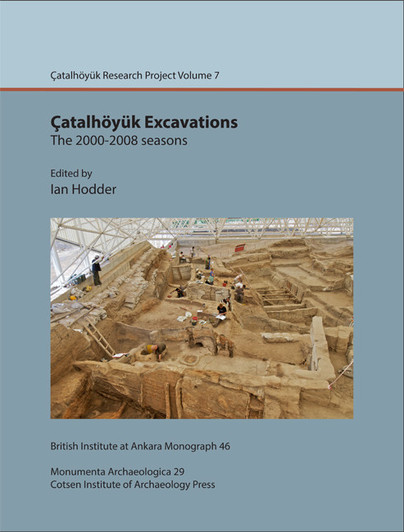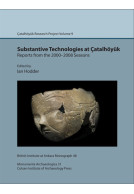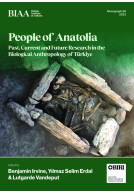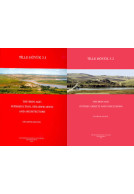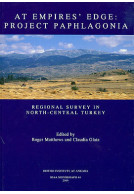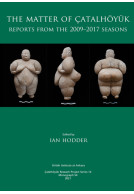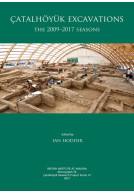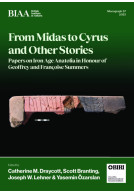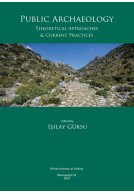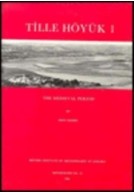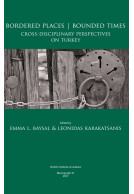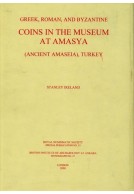Google Books previews are unavailable because you have chosen to turn off third party cookies for enhanced content. Visit our cookies page to review your cookie settings.
Çatalhöyük Excavations: the 2000-2008 seasons (Hardback)
Çatal Research Project vol. 7
Imprint: British Institute at Ankara
Series: British Institute at Ankara Monograph
Pages: 300
Illustrations: 300 figures and 50 tables
ISBN: 9781898249290
Published: 31st December 2013
Script Academic & Professional
Series: British Institute at Ankara Monograph
Pages: 300
Illustrations: 300 figures and 50 tables
ISBN: 9781898249290
Published: 31st December 2013
Script Academic & Professional
You'll be £19.95 closer to your next £10.00 credit when you purchase Çatalhöyük Excavations: the 2000-2008 seasons. What's this?
+£4.99 UK Delivery or free UK delivery if order is over £40
(click here for international delivery rates)
Order within the next 3 hours, 18 minutes to get your order processed the next working day!
Need a currency converter? Check XE.com for live rates
(click here for international delivery rates)
Order within the next 3 hours, 18 minutes to get your order processed the next working day!
Need a currency converter? Check XE.com for live rates
The Neolithic site of Çatalhöyük in Turkey has been world famous since the 1960s when excavations revealed the large size and dense occupation of the settlement, as well as the spectacular wall paintings and reliefs uncovered inside the houses. Since 1993 an international team of archaeologists, led by Ian Hodder, has been carrying out new excavations and research, in order to shed more light on the people who inhabited the site. Çatalhöyük Excavations presents the results of the excavations that took place at the site from 2000 to 2008 when the main aim was to understand the social geography of the settlement, its layout and social organization. Excavation, recording and sampling methodologies are discussed as well as dating, ‘levels’, and the grouping of buildings into social sectors. The excavations in three areas of the East Mound at Çatalhöyük are described: the South Area, the 4040 Area in the northern part of the site, and the IST Area excavated by a team from Istanbul University. The description of excavated units, features and buildings incorporates results from the analyses of animal bone, chipped stone, groundstone, shell, ceramics, phytoliths, micromorphology. The integration of such data within their context allows detailed accounts of the lives of the inhabitants of Çatalhöyük, their relationships and activities. The integration of different types of data in the excavation account mimics the process of collaborative interpretation that took place during the excavation and post-excavation process.
Customers who bought this title also bought...
Other titles in the series...
Other titles in British Institute at Ankara...







